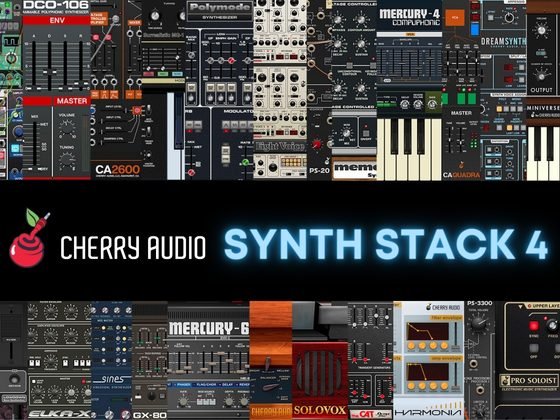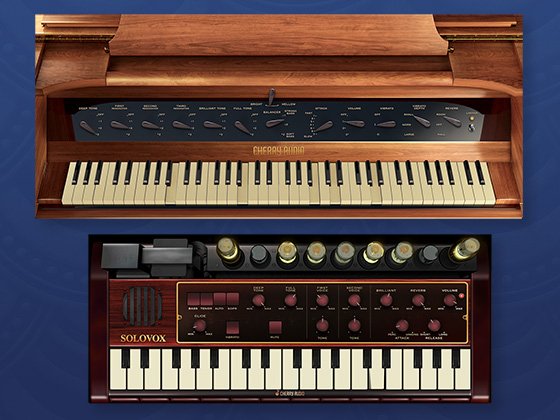$10.00
Also available in The Drift Pack at a greatly reduced price!
Lag Drift adds a random amount of lag to a CV signal, slowing down and "resisting" any changes in the input voltage. For example, you can use it to create a constantly changing portamento (or glide) in a keyboard pitch signal, or to randomly smooth out sharp edges in LFO’s and envelopes.
The RATE knob sets how quickly the lag amount drifts between the limits set by the MIN and MAX knobs. Larger MIN & MAX values mean more lag and slower movement, with zero being no lag. Note that the knobs can be set below zero: obviously the actual lag amount can’t be negative, but if the internal drift signal goes sub-zero, the amount of lag clips to zero (meaning the input signal remains unchanged), and stays there until the drift signal moves back to positive values. This way you can make the lag appear only occasionally.
The SMOOTH knob adds some extra smoothness to the lagged signal, making glides less linear and more curvy.
The SPEED and TIME buttons switch between two different modes of calculating the glides:
- SPEED: When the input signal changes, the current lag amount sets the maximum speed at which the output moves towards the current input level. (Note that this mode is often called ”rate” in lag processors, but to avoid confusion with the drift signal rate, here it’s called “speed”.)
- TIME: When the input signal changes, the current lag amount sets the time it takes for the output to reach the current input level, regardless of how far it is. This mode tries to be intelligent: small changes in the input voltage (such as those typically introduced by the Control Drift module) during a glide don’t cause Lag Drift to recalculate the glide speed.
The RISE and FALL buttons allow you to add lag only to rising or falling voltages, or both.
Tip: Together with the Control Drift module, you can make regular, boring CV signals come alive. For example, route a simple square LFO through Lag Drift and Control Drift, tweak the knobs to taste, and you'll have an artist's (or kid's...) impression of the original square in no time!



























































